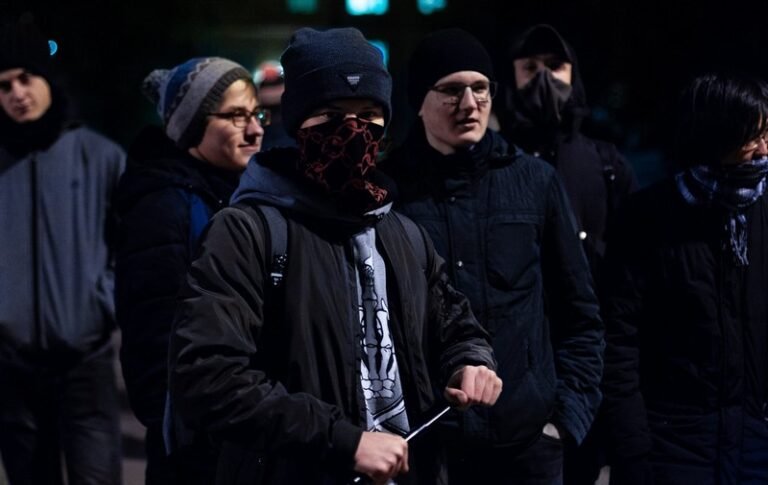Football is one of the most popular sports in the world, with millions of fans passionately supporting their favorite teams. However, alongside the excitement and camaraderie, there exists a darker side known as football hooliganism. In this article, we will delve into the sociological aspects of British football hooliganism, exploring its origins, causes, and impact on society.
Origins of British Football Hooliganism
The roots of football hooliganism in Britain can be traced back to the late 19th century when football became a popular working-class sport. The competitive nature of the game, combined with tribal loyalties to specific teams, created an environment where conflicts and rivalries emerged among supporters. However, it was during the 1960s and 1970s that hooliganism reached its peak, with organized groups engaging in violent clashes.
Causes of British Football Hooliganism
Various sociological factors contribute to the occurrence of football hooliganism in Britain:
1. Social Identity and Belonging
Football clubs provide a sense of identity and belonging for their supporters. Fans often develop strong emotional attachments to their teams, which can lead to a “them versus us” mentality. This tribalism, combined with a desire to protect their club’s reputation, can fuel hooliganism.
2. Social Exclusion and Marginalization
Hooliganism can also be seen as a response to social exclusion and marginalization. Some individuals may feel alienated from mainstream society and find a sense of purpose and belonging within hooligan groups. The camaraderie and solidarity they experience can provide a substitute for other social bonds that may be lacking in their lives.
3. Masculinity and Machismo
Traditional notions of masculinity and machismo play a significant role in football hooliganism. The hyper-masculine culture surrounding hooliganism glorifies violence and aggression, with individuals seeking to prove their toughness and dominance within their peer groups.
4. Alcohol and Drug Use
Alcohol and drug use are often associated with football hooliganism. Intoxication can lower inhibitions and increase aggression, leading to violent behavior. The consumption of alcohol before matches has been linked to an escalation in confrontations between rival groups.
Impact on Society
The impact of football hooliganism extends beyond the confines of the football stadium:
1. Public Safety and Security
Hooliganism poses a threat to public safety and security. Violent clashes between rival groups can result in injuries or even fatalities. This necessitates increased security measures at matches, placing a burden on law enforcement and diverting resources from other areas.
2. Reputation and Image
Football hooliganism tarnishes the reputation and image of the sport and the clubs involved. It deters families and casual fans from attending matches, leading to a decline in attendance and revenue. Additionally, negative media coverage perpetuates stereotypes about football fans, reinforcing societal prejudices.
3. Social Cohesion
Hooliganism undermines social cohesion within communities. It creates divisions and animosity between rival groups, perpetuating a cycle of violence and hostility. The fear of violence also discourages individuals from participating in sports events, limiting opportunities for social interaction and community engagement.
Efforts to Tackle Football Hooliganism
Over the years, various measures have been implemented to combat football hooliganism:
1. Legislation and Policing
Stricter legislation and policing have been introduced to prevent and deter hooliganism. This includes banning orders, increased surveillance, and intelligence gathering to identify and apprehend troublemakers. The aim is to create a safer environment for fans and reduce the occurrence of violent incidents.
2. Club Initiatives
Football clubs have also taken proactive steps to address hooliganism. They have implemented fan engagement programs, promoting positive behavior and inclusivity. Some clubs have established community outreach initiatives, aiming to channel the passion and energy of fans into constructive activities.
3. Education and Awareness
Education and awareness campaigns play a crucial role in combating hooliganism. By promoting values such as respect, fair play, and tolerance, these initiatives seek to change attitudes and behaviors. They aim to create a culture where football can be enjoyed in a safe and inclusive manner.
Conclusion
Football hooliganism in Britain is a complex social issue with deep-rooted causes and far-reaching consequences. Understanding the sociological factors that contribute to hooliganism is crucial in developing effective strategies to combat this problem. By addressing issues of identity, exclusion, masculinity, and substance abuse, society can work towards creating a safer and more inclusive environment for football fans and the wider community.





